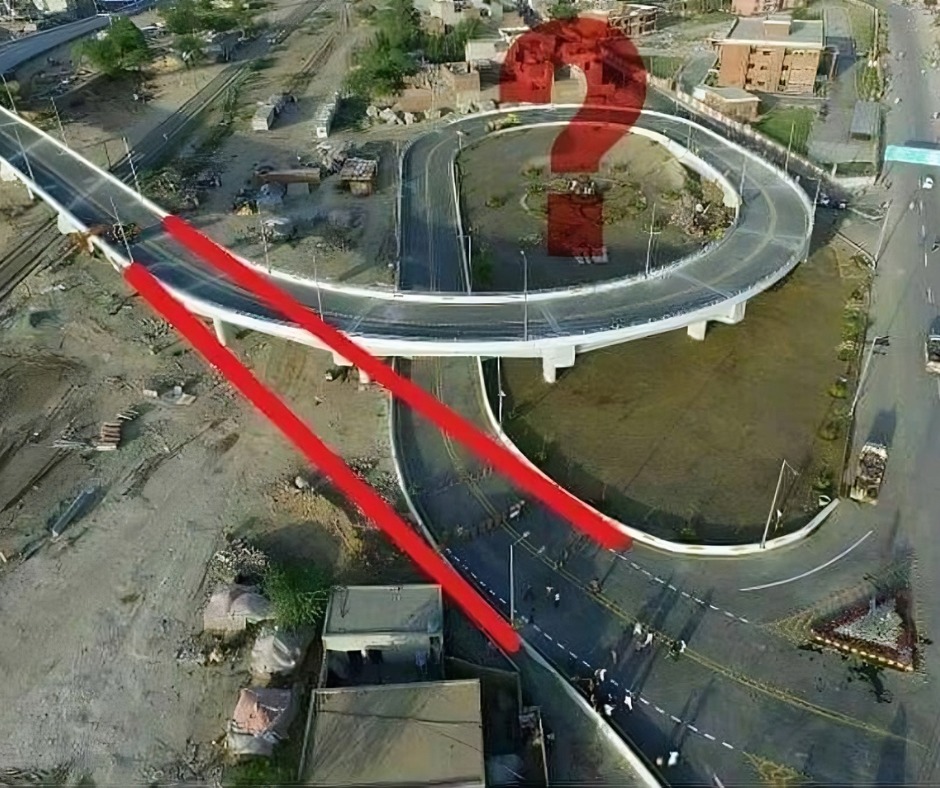When driving on long stretches of highway or winding mountainous roads, you might wonder why roads often curve rather than staying straight. While winding roads may seem like an inconvenience that slows you down, they’re actually designed with your safety in mind. Driving in a straight line at high speeds for extended periods can lead to dangerous issues like driver fatigue, distraction, or even drowsiness. On the other hand, winding roads help keep drivers engaged, reduce accident risks, and ensure a safer driving experience.

The Dangers of Long, Straight Roads
One of the main reasons for winding roads is to mitigate the risks associated with long, straight stretches. When a driver travels in a straight line at high speed for too long, their vision and focus tend to become fatigued. This phenomenon is called “highway hypnosis,” where the driver’s mind wanders, causing a loss of concentration. The repetitive nature of driving straight with little visual or physical stimuli dulls the senses, making it easier to miss important road signs or sudden changes in the environment.
In these situations, a driver’s attention might slip, or even worse, they could become drowsy. Drowsy driving is one of the leading causes of accidents, and on a straight road, it becomes particularly dangerous. A minor delay in reaction time, a missed sign, or a lapse in judgment can lead to severe accidents. This is why winding roads are beneficial—they help keep a driver’s focus sharp by continually engaging their senses.
How Curved Roads Keep Drivers Focused
When the road curves, it demands greater attention from the driver. These changes in direction require drivers to adjust the steering wheel, monitor their speed, and stay alert to maintain vehicle control. These small actions help stimulate concentration and break the monotony of straight-line driving. Engineers design these curves with safety in mind, optimizing the radius and angle of the curves to allow for smooth turns, even at higher speeds.
Curves also encourage drivers to slow down naturally. Approaching a bend makes drivers instinctively reduce their speed, which in turn makes navigating the road safer. This natural braking effect further minimizes the risk of accidents, especially in areas with challenging weather conditions or reduced visibility.
The Risks of Steep, Straight Roads
Straight, steep roads come with their own set of dangers. A steep incline can make it difficult for heavily loaded vehicles, like trucks, to maintain control, particularly during descents. When descending a straight, steep road, it becomes harder to manage the vehicle’s speed and momentum. If a driver loses control on such a descent, the results could be catastrophic—especially in areas with sharp drop-offs or limited barriers.
Steep roads also reduce visibility. When a driver is climbing or descending, it’s often difficult to see what lies ahead, making it harder to anticipate hazards like debris, sharp turns, or sudden stops. Designing roads with gradual curves allows for a more extended view, giving drivers a better sense of what’s coming and more time to react appropriately.
The Science Behind Safer Road Designs
Road engineers don’t just add curves randomly; there is a lot of science behind road design. The goal is to create a balance between driver comfort, vehicle control, and safety. Engineers calculate the radius of each curve and take into account the centrifugal force acting on vehicles as they navigate the turn. By increasing the radius of the curve and minimizing centrifugal force, the road design helps cars and trucks make smoother turns without losing control.
This thoughtful design is particularly crucial on high-speed roads and in mountainous regions. Curves help distribute the forces experienced by vehicles during a turn, allowing drivers to stay on course more easily. Gradual inclines paired with curves also help vehicles manage speed more effectively, especially during steep descents, reducing the risks associated with momentum buildup.
Hidden Benefits of Winding Roads
While winding roads might take a bit longer to travel, the safety benefits far outweigh the slight inconvenience. Many drivers consider winding roads a nuisance, but in reality, they provide a more controlled and predictable driving experience. The gentle changes in direction prevent highway hypnosis and significantly reduce the chances of falling asleep behind the wheel. Drivers are more engaged on winding roads, frequently checking their surroundings, looking for road signs, and maintaining a consistent speed.
Additionally, winding roads can lead to better fuel efficiency. Sudden stops and starts, which are more common on straight roads, tend to consume more fuel. The requirement to monitor speed around curves also prevents excessive speeding, which not only lowers accident risks but also improves fuel economy.
Curved Roads vs. Straight Roads: A Safety Comparison
When comparing winding roads to long, straight, and steep roads, the choice becomes obvious. While straight roads might get you to your destination a bit faster, they come with increased risks—fatigue, distraction, reduced visibility, and potential loss of vehicle control. Winding roads, on the other hand, encourage safer driving behaviors. They naturally reduce speed, require drivers to stay focused, and provide better control over the vehicle.
The extra time it takes to navigate winding roads is a small price to pay for the significant reduction in accident risks. The safety features built into curved road designs contribute to a smoother, more controlled driving experience for everyone on the road.
Conclusion: Winding Roads Keep You Safer Behind the Wheel
In the end, winding roads aren’t just a design choice—they are a vital safety feature that keeps drivers alert, focused, and in control. While straight, steep roads might seem like the quicker option, they introduce a range of dangers that can be avoided by incorporating curves. Engineers carefully craft these roads to prioritize safety, ensuring that vehicles can handle changes in terrain and speed more effectively.
So, the next time you find yourself on a winding road, take a moment to appreciate the thought and care that went into its design. Though it might take a little longer to reach your destination, the safety that winding roads provide is worth every extra minute on your journey.





